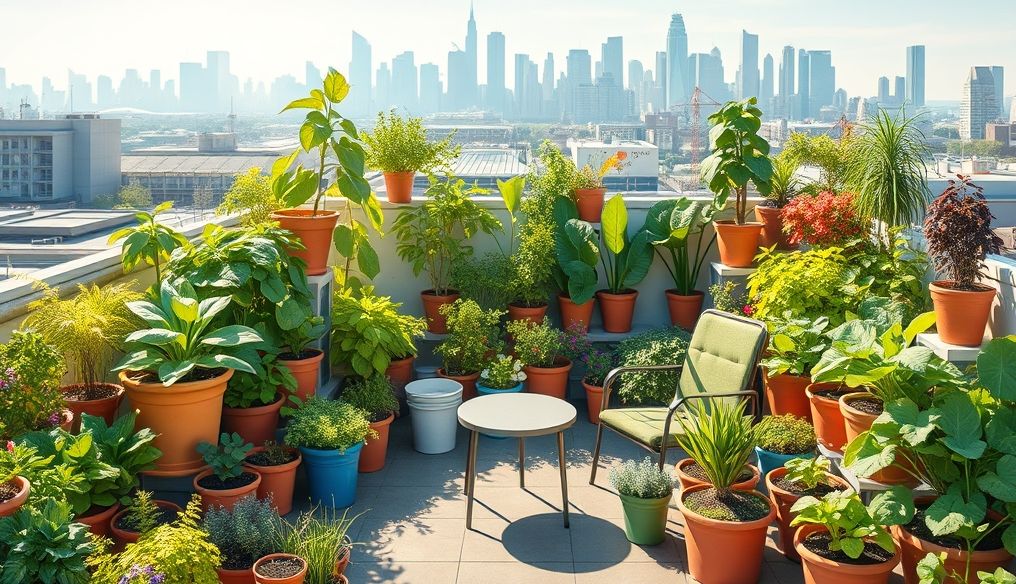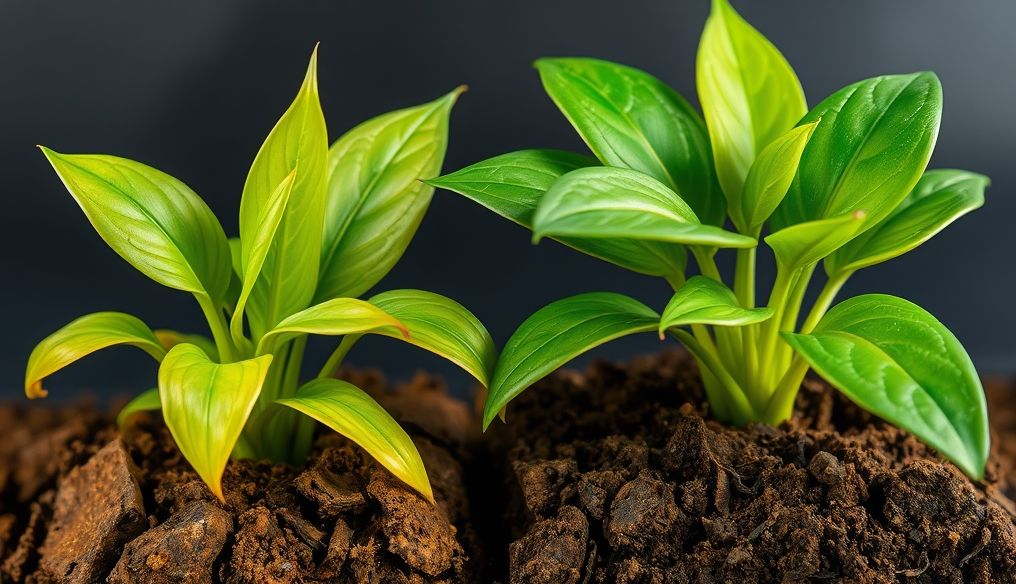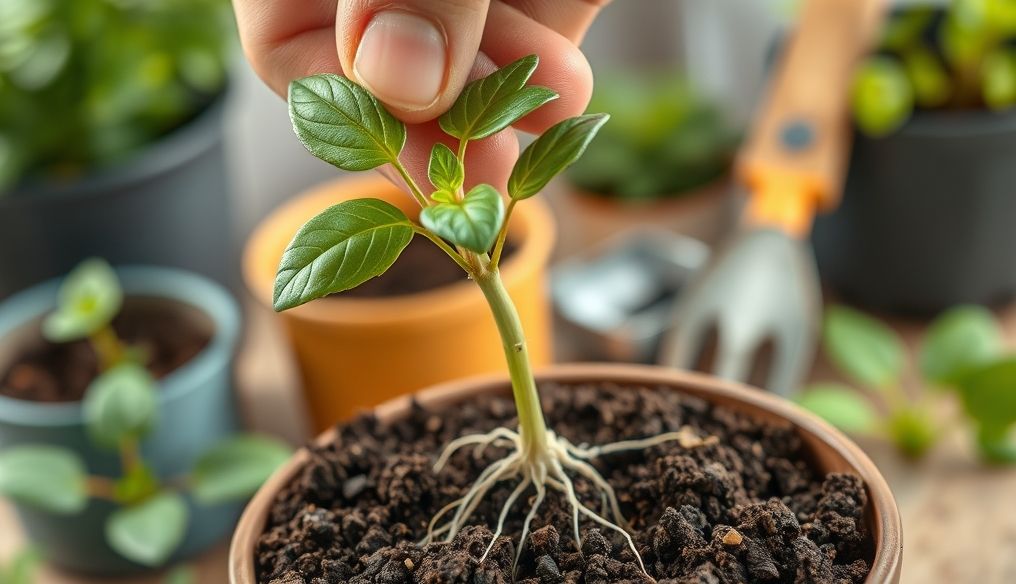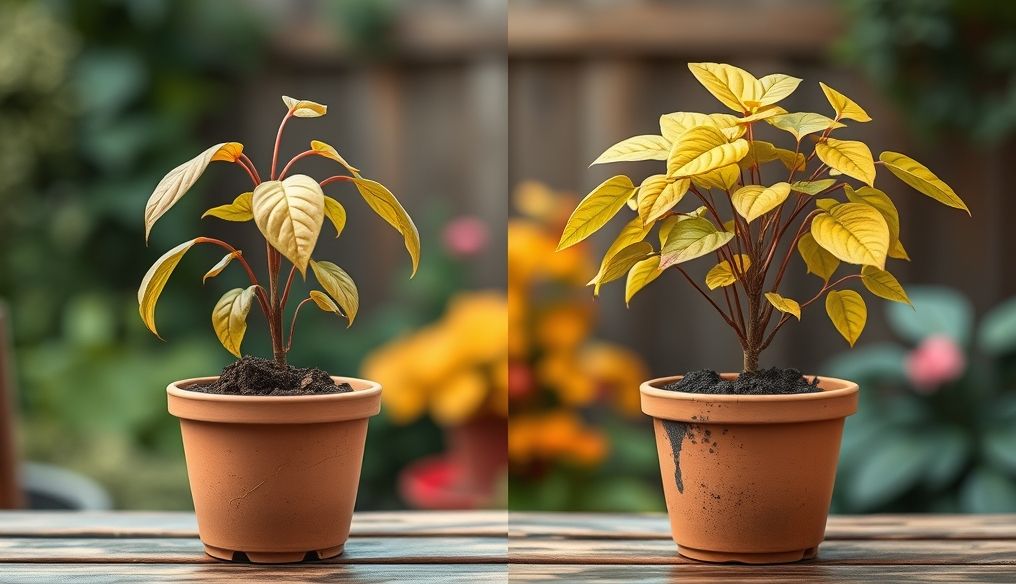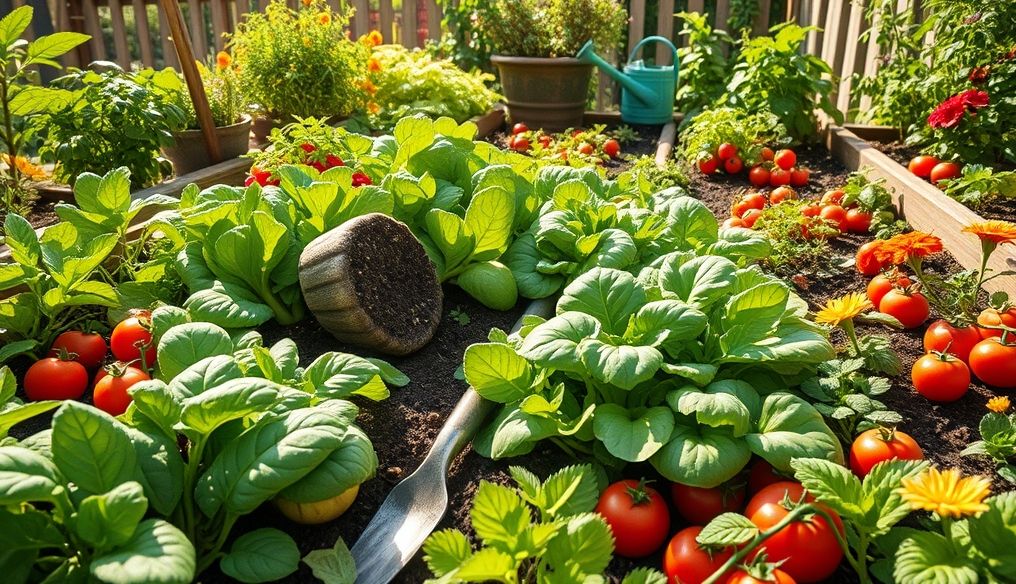How to Start Your Balcony or Rooftop Garden and Transform It into a Green Paradise?
Transforming your balcony or rooftop into a home garden is a fun and rewarding project. It offers you the chance to enjoy greenery, grow fresh herbs and vegetables, improve air quality, and create a relaxing space for unwinding. Whether you're a beginner or have some gardening experience, this comprehensive guide can help you get started successfully.
Chapter 1: Planning and Assessment
1.1 Assessing the Available Space
Before you begin, assess your balcony or rooftop space. Consider the size of the area, the amount of sunlight it receives, and the load-bearing capacity of the surface.
- Space Size: Determine the area you can dedicate to the garden.
- Sunlight: Most plants need 6-8 hours of direct sunlight daily. Check the orientation of your balcony or rooftop to determine the amount of light it receives.
- Load Capacity: Ensure the surface can support the weight of soil, pots, plants, and water. Consult an engineer if you're unsure.
1.2 Choosing the Right Plants
Select plants that are suitable for your climate and the amount of sunlight available. Some popular choices include:
- Vegetables: Tomatoes, lettuce, peppers, cucumbers, carrots.
- Herbs: Basil, mint, parsley, rosemary.
- Flowers: Petunias, marigolds, sunflowers, bougainvillea.
- Fruits: Strawberries, blueberries, grapes (dwarf varieties).
1.3 Garden Design
Design your garden before you start planting. Consider the layout of the pots, access paths, and any decorative elements you want to add.
- Pot Layout: Arrange the pots in a practical and aesthetically pleasing way. Place taller plants at the back and shorter plants at the front.
- Access Paths: Ensure there's enough space to move between the plants for care.
- Decorative Elements: Add decorative elements such as gravel, rocks, and small fountains to add a touch of beauty to your garden.
Chapter 2: Preparing the Garden
2.1 Choosing the Right Pots
Select the right pots for the type of plants you want to grow. Make sure the pots have good drainage holes.
- Types of Pots: Terracotta pots, plastic pots, metal pots, wooden pots.
- Pot Size: Choose the pot size appropriate for the size of the plants. Larger plants need larger pots.
- Drainage Holes: Make sure there are good drainage holes to prevent water from pooling at the roots.
2.2 Choosing the Right Soil
Use high-quality potting soil specifically designed for pots. Avoid using regular garden soil as it can be too heavy and lack the necessary nutrients.
- Types of Soil: Potting soil, potting mix, organic soil.
- Nutrients: Make sure the soil contains the nutrients necessary for plant growth.
- Drainage: Choose well-draining soil to prevent water from pooling at the roots.
2.3 Irrigation System
Plan your irrigation system before you start planting. You can use manual watering, a drip irrigation system, or an automatic irrigation system.
- Manual Watering: Use a hose or watering can to water the plants regularly.
- Drip Irrigation System: Delivers water directly to the roots of the plants, reducing water evaporation and keeping the soil moist.
- Automatic Irrigation System: Can be programmed to water the plants at specific times, saving time and effort.
Chapter 3: Planting and Care
3.1 Planting the Plants
Plant the plants in the pots carefully. Follow the instructions on the seed or seedling packet.
- Seeds: Plant the seeds in the soil according to the instructions on the packet.
- Seedlings: Plant the seedlings in the pots carefully, making sure the roots are covered with soil.
- Distance Between Plants: Leave enough space between the plants to ensure they grow healthily.
3.2 Watering and Fertilizing
Water the plants regularly, especially during hot and dry months. Use a balanced fertilizer to feed the plants.
- Watering: Water the plants when the surface soil is dry. Avoid overwatering, as it can lead to root rot.
- Fertilizing: Use a balanced fertilizer every 2-4 weeks to feed the plants.
- Types of Fertilizers: Organic fertilizers, chemical fertilizers.
3.3 Pruning and Trimming
Prune and trim the plants regularly to remove dead or damaged leaves and branches.
- Pruning: Remove dead or damaged leaves and branches to improve the appearance of the plants and encourage new growth.
- Trimming: Trim the plants to maintain their shape and size.
- Pruning Tools: Use sharp and clean pruning shears to prune the plants.
Chapter 4: Pest and Disease Control
4.1 Monitoring Pests and Diseases
Inspect the plants regularly for signs of pests and diseases. Treat problems as soon as possible to prevent them from spreading.
- Common Pests: Aphids, spider mites, whiteflies.
- Common Diseases: Powdery mildew, gray mold, rust.
- Treatment: Use organic insecticides or fungicides to treat pests and diseases.
4.2 Prevention
Take preventative steps to prevent pests and diseases from attacking the plants.
- Keep the Garden Clean: Remove fallen leaves and branches regularly.
- Provide Good Ventilation: Make sure there is good ventilation around the plants to prevent the spread of diseases.
- Use Healthy Soil: Use high-quality potting soil that is free of pests and diseases.
4.3 Natural Remedies
Use natural remedies to control pests and diseases.
- Insecticidal Soap: Effective against many common pests.
- Neem Oil: A natural insecticide and fungicide.
- Vinegar: Can be used to kill weeds.
Chapter 5: Adding an Aesthetic Touch
5.1 Choosing the Right Furniture
Add comfortable furniture to your garden to relax and enjoy the view.
- Chairs and Tables: Choose chairs and tables that are weather-resistant.
- Hammocks: Add a hammock to relax and enjoy the outdoors.
- Benches: Add comfortable benches to relax and read.
5.2 Lighting
Add lighting to your garden to create a relaxing and warm atmosphere in the evening.
- Solar Lights: Easy to install and require no wiring.
- Hanging Lights: Create a romantic atmosphere.
- Ground Lights: Illuminate the plants and create a beautiful visual effect.
5.3 Decorative Elements
Add decorative elements to add a personal touch to your garden.
- Gravel and Rocks: Used to decorate pots and paths.
- Small Fountains: Add a soothing sound to the garden.
- Statues: Add an artistic touch to the garden.
Chapter 6: Sustainable Gardening
6.1 Rainwater Harvesting
Collect rainwater to use for watering the plants.
- Rainwater Collection Barrels: Easy to install and provide a free source of water.
- Rainwater Harvesting System: A more complex system that collects rainwater from the roof of the house.
6.2 Organic Fertilizing
Use organic compost to feed the plants.
- Homemade Compost: Turn food scraps and fallen leaves into organic compost.
- Commercial Compost: Buy organic compost from the gardening store.
6.3 Recycling
Recycle old pots and tools.
- Reusing Pots: Use old pots to grow new plants.
- Recycling Tools: Repair old tools instead of buying new ones.
Chapter 7: Seasonal Gardening
7.1 Spring Plants
Plant spring plants in early spring.
- Vegetables: Lettuce, spinach, carrots, radishes.
- Flowers: Tulips, daffodils, violets.
7.2 Summer Plants
Plant summer plants in late spring or early summer.
- Vegetables: Tomatoes, peppers, cucumbers, eggplants.
- Flowers: Sunflowers, marigolds, bougainvillea.
7.3 Autumn Plants
Plant autumn plants in late summer or early autumn.
- Vegetables: Cabbage, cauliflower, broccoli.
- Flowers: Chrysanthemums, asters, marigolds.
Chapter 8: Enjoying Your Garden
8.1 Relaxing in the Garden
Enjoy relaxing in your garden and reading a book or listening to music.
8.2 Eating in the Garden
Have breakfast, lunch, or dinner in your garden.
8.3 Inviting Friends and Family
Invite friends and family to enjoy the beauty of your garden.
By following these tips, you can transform your balcony or rooftop into a beautiful and productive home garden. Enjoy the process and the results!
